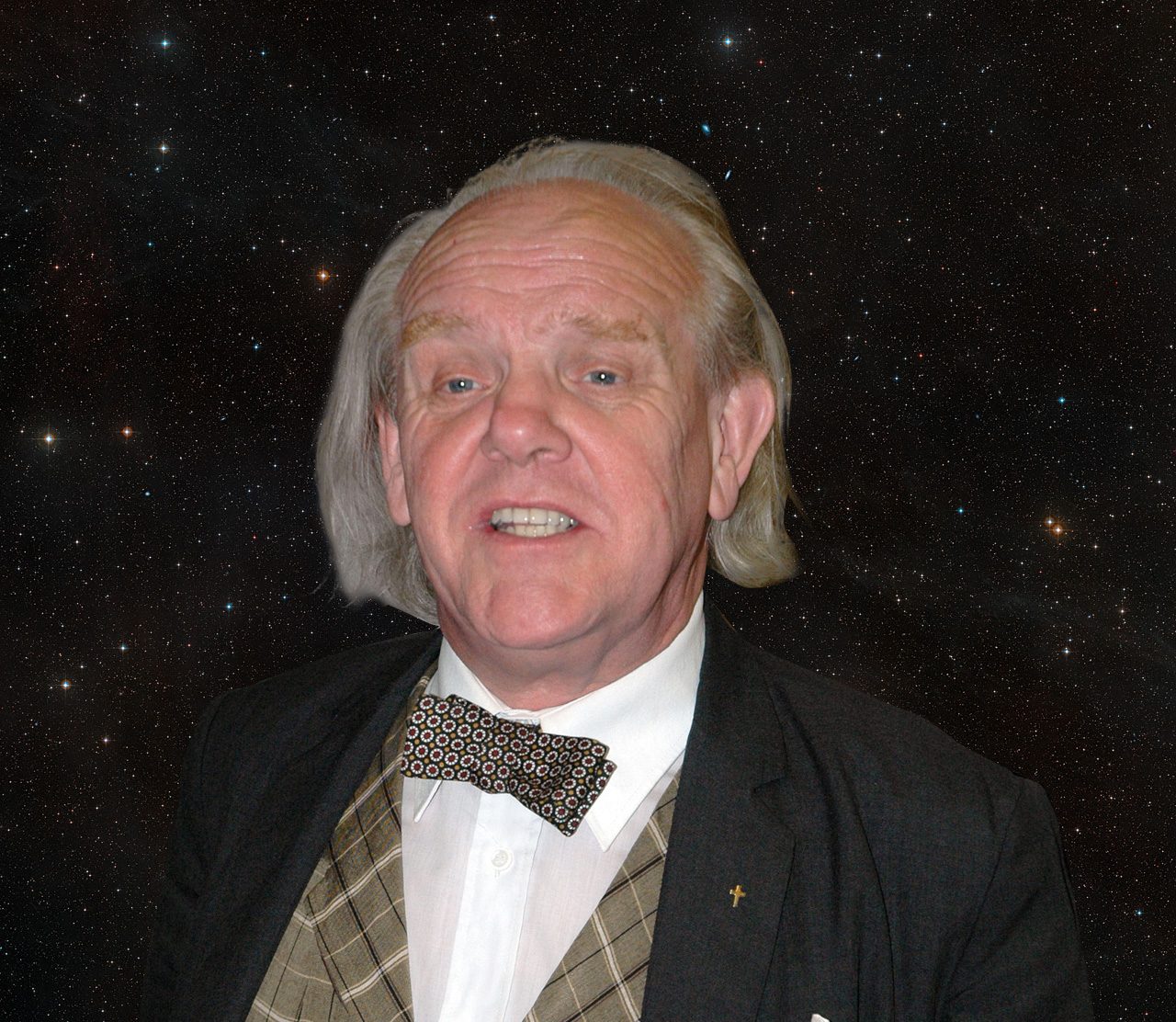Contemporary astronomy is an incredible field of science.
These days we're used beautiful images produced by the Hubble Space Telescope, or earth-orbiting instruments photographing the Universe using infrared astronomy.
We can observe exoplanets orbiting distant stars, measure gravitational waves - even photograph a black hole.
It's easy to forget astronomy's relatively humble beginnings: those first human beings who looked up at the night sky and began to slowly figure out what was happening beyond Earth.
But what are the early ideas of astronomy, and who are the astronomers who unlocked some of the key secrets about the night sky, and how to read it?
From ancient Greece to Galileo, here are 5 important contributions by early astronomers, without whom the field of astronomy would not be where it is today.
For more cosmic history, find out whether Stonehenge was used for astronomy, and how astronomy explains why the Egyptians built the pyramids.
5 important ancient astronomers
1
Thales and the eclipse of 585 BC
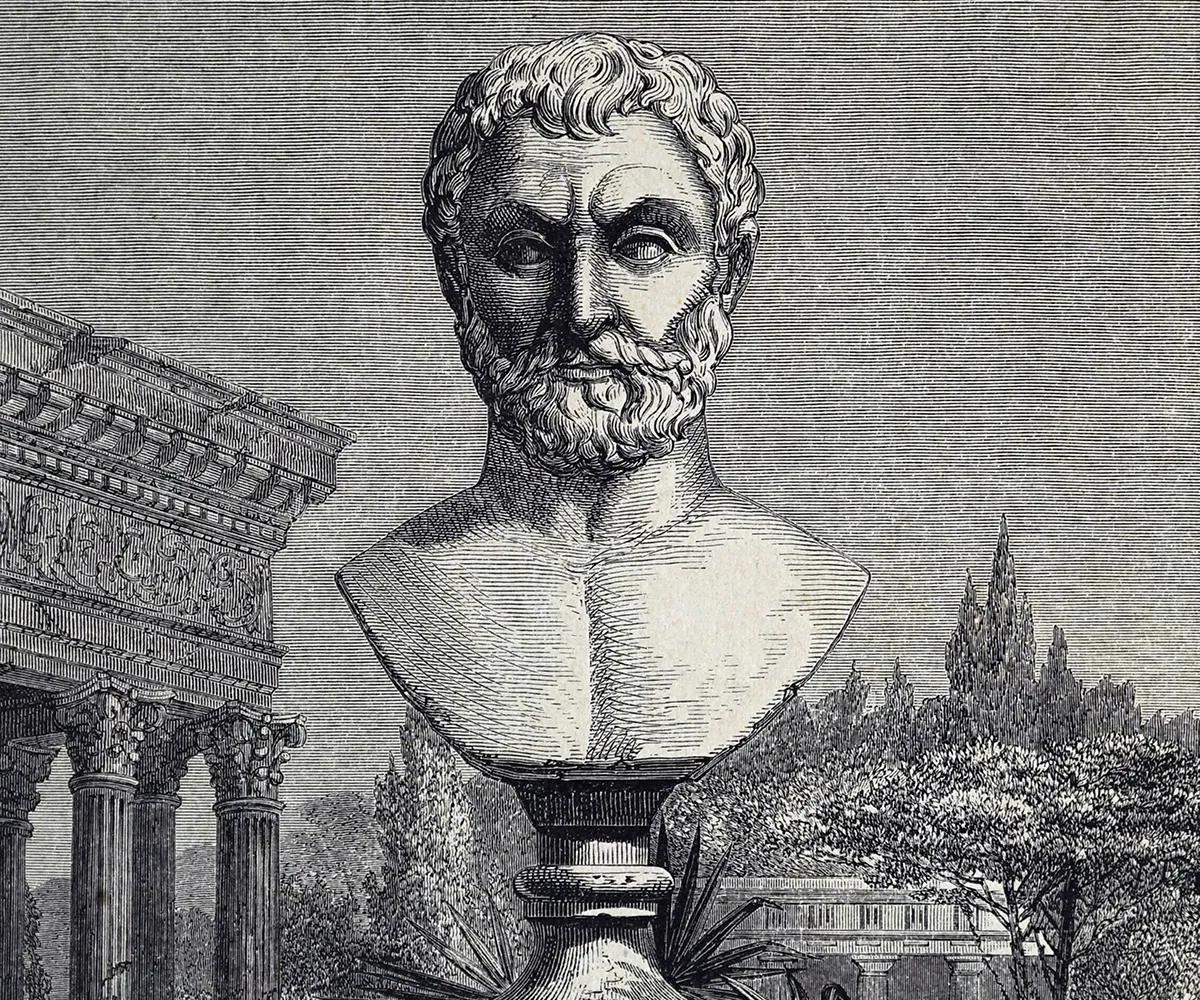
Thales of Miletus, born around 625 BC was the first to predict the year of a solar eclipse.
He is generally considered to be the first Greek mathematical scientist and geometer, and the probable inspirer of Pythagoras.
Thales is also said to have been the first to predict an eclipse of the Sun.
It seems he had announced that a solar eclipse would take place in 585 BC, and the Greek historian Herodotus tells us that it actually happened.
The mathematical basis of Thales’s prediction is not known, though it has been speculated that he used the Babylonian saros of 18 years 10 days and 8 hours to do so.
Many modern scholars, however, are sceptical about the historical reality of this saros as understood by the Babylonians.
Thales only appears to have given a year, and not a precise date, for the eclipse. We do know, however, that a total solar eclipse did take place on 28 May 585 BC.
2
Alhazen and atmospheric refraction
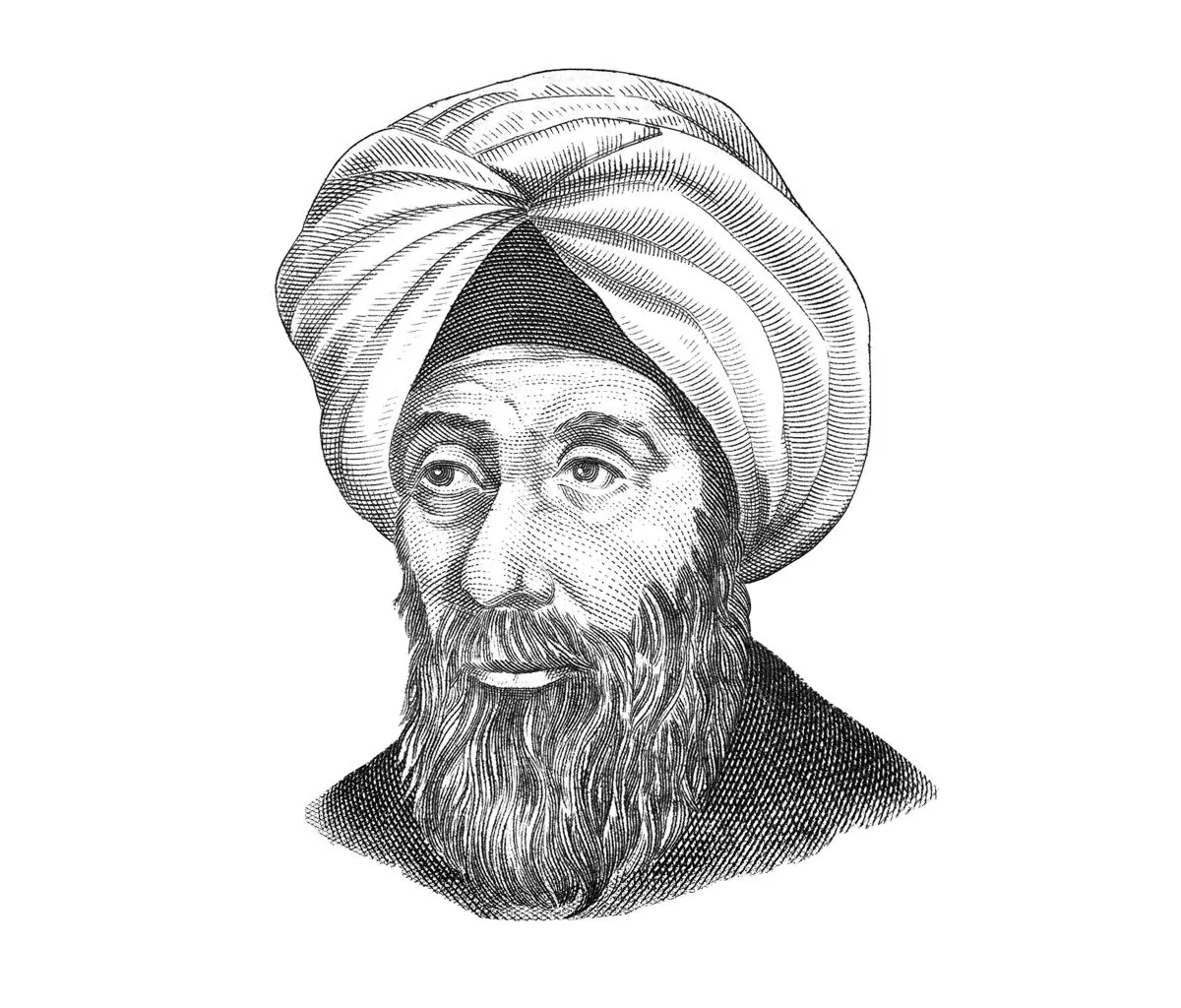
The peculiar effects that the atmosphere has upon astronomical bodies as they
approach the horizon have long fascinated astronomers.
A major advance in understanding took place in Cairo about 1,000 years ago, when Alhazen (Ibn Al-Haitham), arguably the greatest Arabic experimental scientist of the Middle Ages, addressed himself to the problem.
An optical physicist as much as an astronomer, Alhazen wanted to know why the air first became bright when, from his own measurements made with an astrolabe against the last fading stars at dawn, the Sun was still 19º below the eastern horizon.
He concluded that Earth’s atmosphere refracted light coming to us from astronomical bodies, distorting their shapes and colours, and even lifting their apparent images above the horizon when geometrically they were just below it.
Alhazen’s remarkable researches made possible the development of both experimental and mathematical optics.
3
Chinese astronomers observing the Crab Nebula
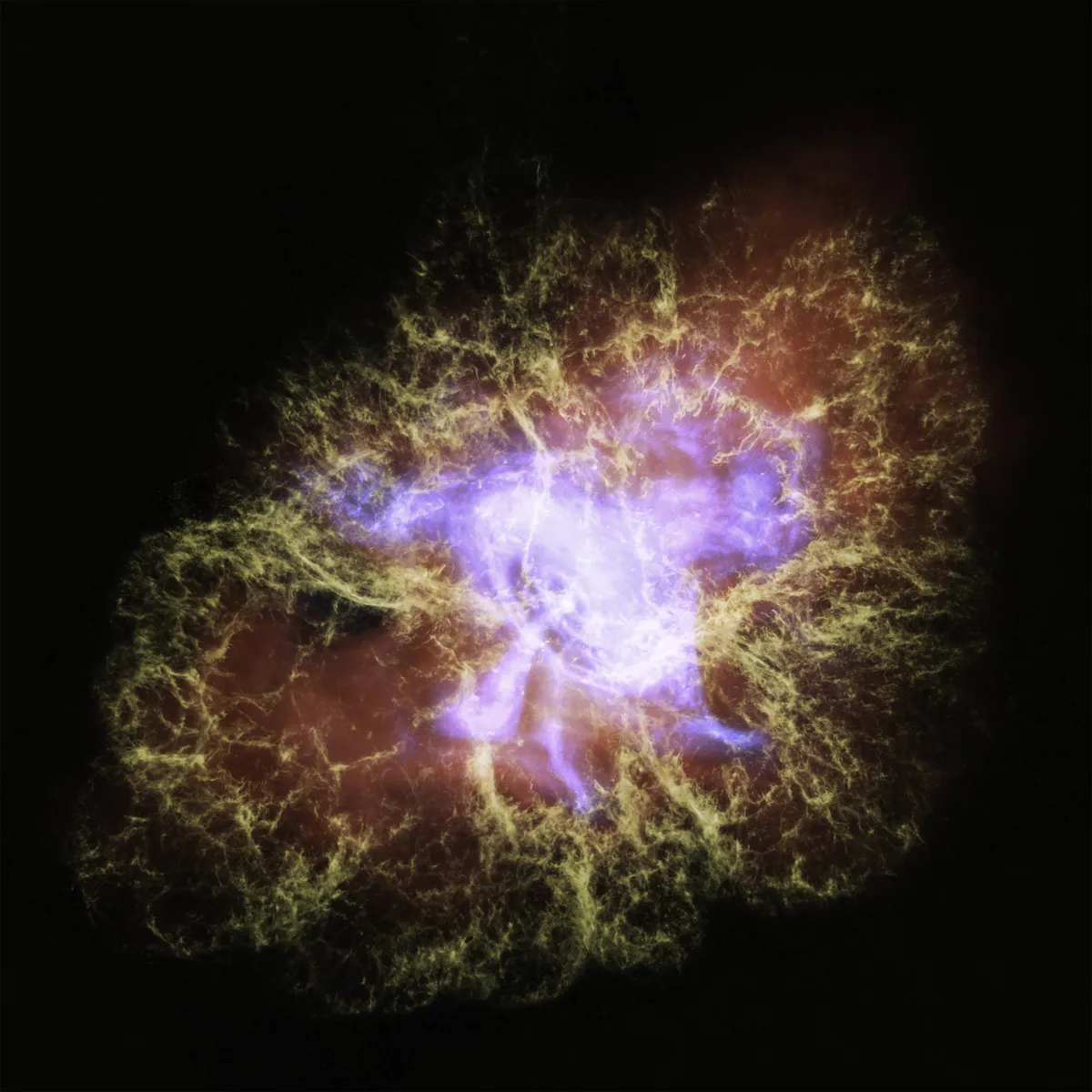
That slowly-expanding cloud of gas in Taurus which we call the Crab Nebula came to be seen by late 20th-century cosmologists as a laboratory within which they could study what happens when a star explodes (known as a supernova).
And while Greek and Arab astronomers noted the brilliant new star in June 1054, it was Chinese astronomy that left the most complete narrative of the ‘guest star’, in no less than five separate texts.
At first the supernova was as bright as Venus, and could even be seen in daylight for the first 23 days; then it faded away over the next two years.
When 20th-century cosmologists realised the significance of the Chinese record, they were able, using photographic and radio techniques, to reconstruct from this dated event exactly how a supernova remnant behaves in a given period of time.
4
Solstices of 1570 and the Gregorian calendar
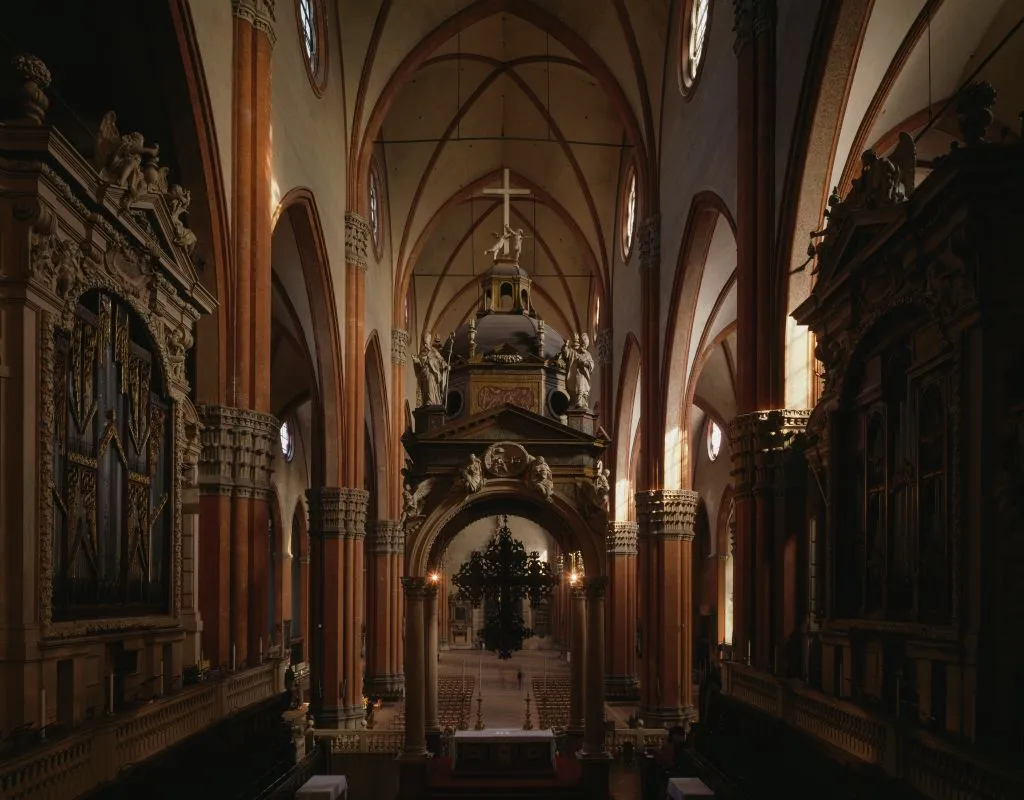
Astronomy contains few conveniently round numbers – especially problematical when one is devising a long-term calendar – so the medieval Christian Church had problems in correctly fixing the moveable date of Easter in any one year.
Being a spring festival, the date of Easter is governed by the appearance of the first full Moon following the spring equinox.
Because of the precession of the equinoxes, however, this date slowly creeps backwards over the centuries.
However, in the 16th century several great ‘Meridiana’, or pinhole-camera sundials, were laid out in the dark interiors of large Italian churches, such as San Petronio, Bologna.
The pinhole projections of the Sun’s disk, sometimes thrown back 60m (200ft) in winter, now enabled the winter and summer solstice angles, equinoxes, and other solar orbital details to be measured so accurately that our modern Gregorian Calendar was made possible by 1582.
5
Galileo's first telescopic observations
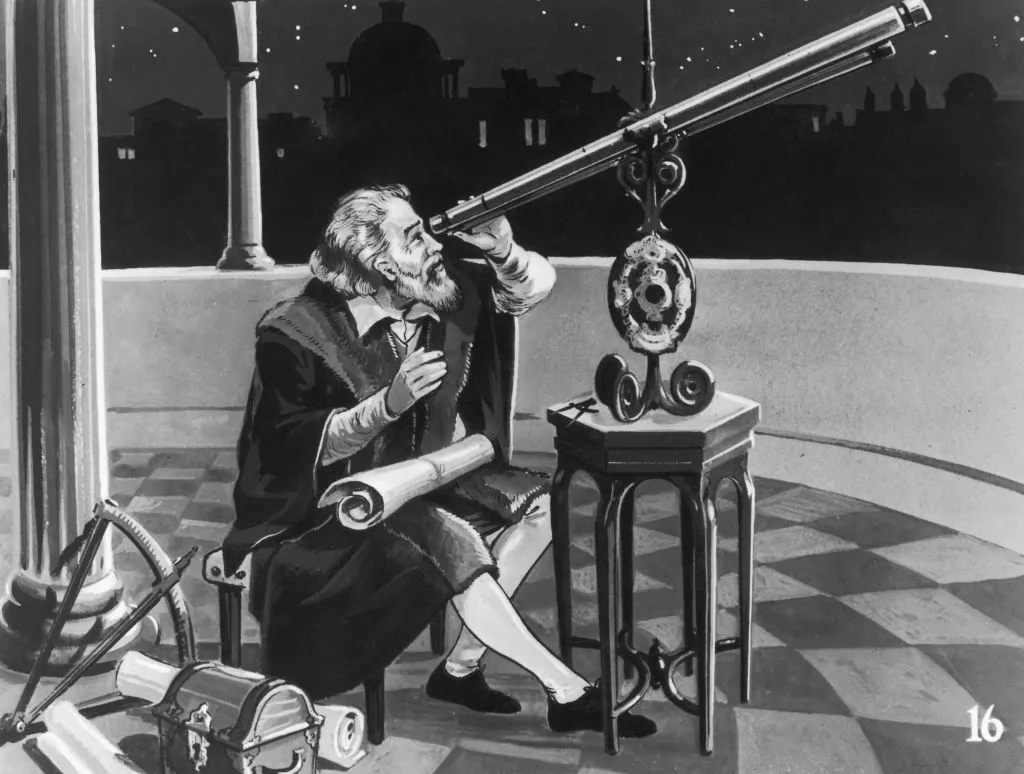
It is impossible to overestimate the significance of Galileo’s telescopic observations, for after his results had been announced in March 1610, the whole scale of astronomy changed, as scientists realised that there was a vast Universe out there that could not be seen by the naked eye.
Though Galileo did not invent the telescope, and others, such as Thomas Harriot in England, had already used it to look at astronomical bodies, Galileo was the first to recognise its immense power to revolutionise ideas.
Between December 1609 and February 1610, he discovered mountains on the Moon and the satellites of Jupiter, saw 32 stars in the Pleiades, and would soon observe the phases of Venus and – arguably – sunspots.
He used his new results to give a powerful ‘spin’ to the Copernican theory, as his observations opened up a Universe that could not have been imagined by the ancients.
This article originally appeared in the March 2006 issue of BBC Sky at Night Magazine.
